 | « Back to article | Print this article |
'Indian agriculture requires the active involvement of the private sector right from extension and seed to post harvest value addition, to move it to the next stage of development,' says Ramesh Chand.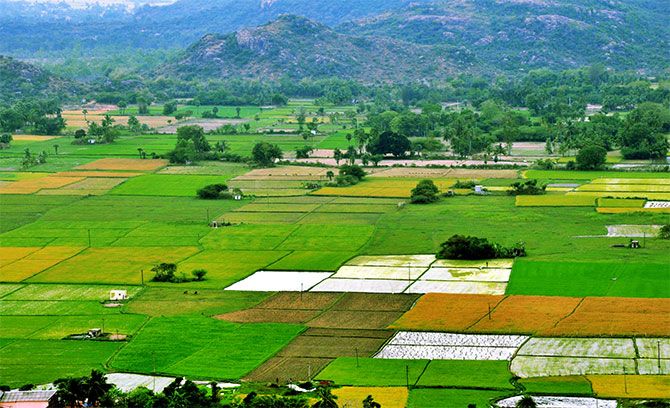
The agriculture sector is facing formidable challenges while it is targeted to double farmers’ income in the next six years.
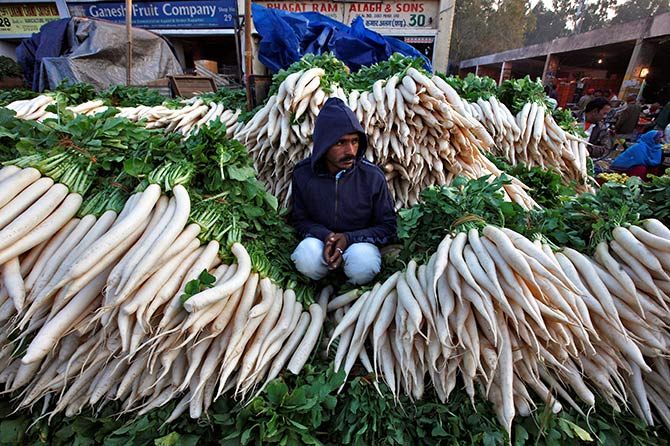
A road map prepared by NITI Aayog titled 'Doubling Farmers' Income' envisages a 16.7 per cent increase each in productivity, efficiency in use of farm input and operations, and area shift in favour of higher value crops and improvement in price realisation in real terms by farmers by 9 per cent by 2022-2023 over the base year of 2015-16.
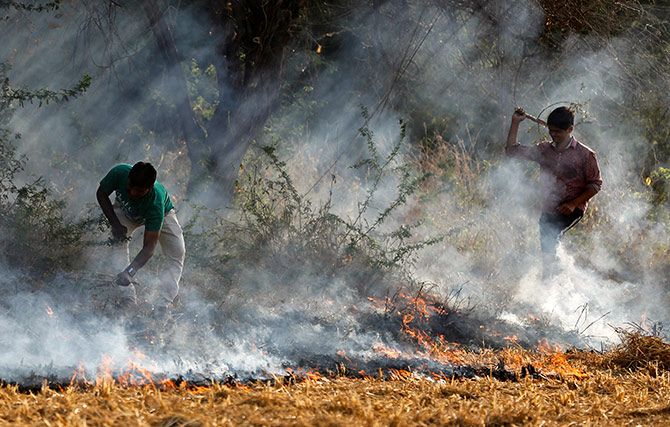
Three most important challenges to achieve Doubling Farmers' Income are: Poor state of science and technology in agriculture, inefficient and exploitative markets for farm produce, and viability of low-scale small holders.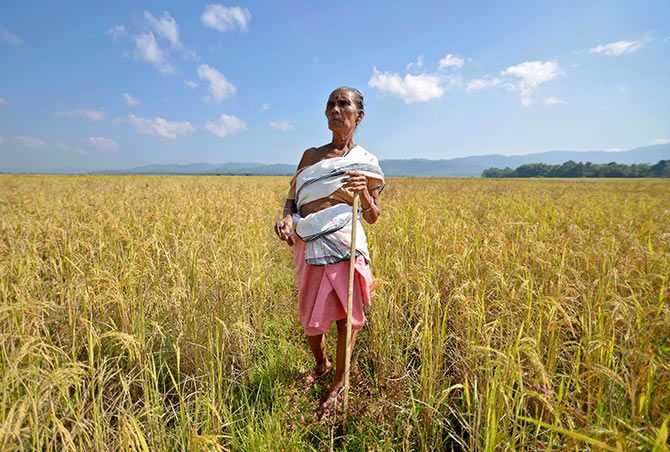
Our agricultural production systems are decades behind many other sectors in adopting technology innovation. Low yielding varieties and traditional practices still dominate the sector.
Age-old methods of farming such as flood irrigation, broadcasting fertiliser, indiscriminate use of agro-chemicals dominate the agriculture scene, leading to low efficiency, high cost and low quality produce, besides adverse implications for sustainability.
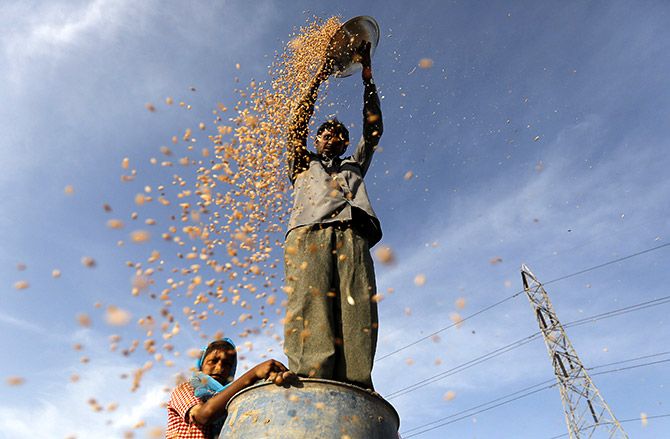
Second, the marketing scene is characterised by large price spreads with depressed prices during harvest periods and high prices in lean period. In a short period, a price crash for the same commodity is followed by a price spike. Despite progress in transport and communication network, markets for farm produce show poor integration. With the rise in commercialisation of agriculture, incidents of farmers forced to sell at throwaway prices and consumers forced to pay abnormal prices are becoming frequent.
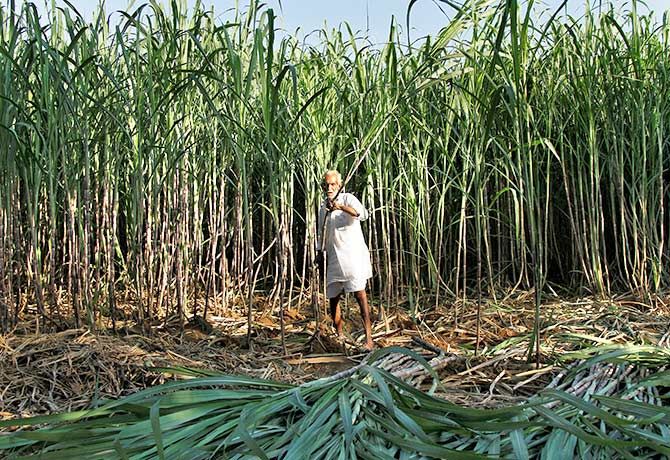
Third, more than two-thirds of farmers cultivate less than one hectare of land, with an average land holding of less than one acre. In big states such as Uttar Pradesh, West Bengal and Bihar, 80 to 92 per cent land holdings are of marginal category. Scale disadvantage and low bargaining power of such tiny land holders make them unviable despite their much higher productivity per unit of land compared to medium and large farmers.
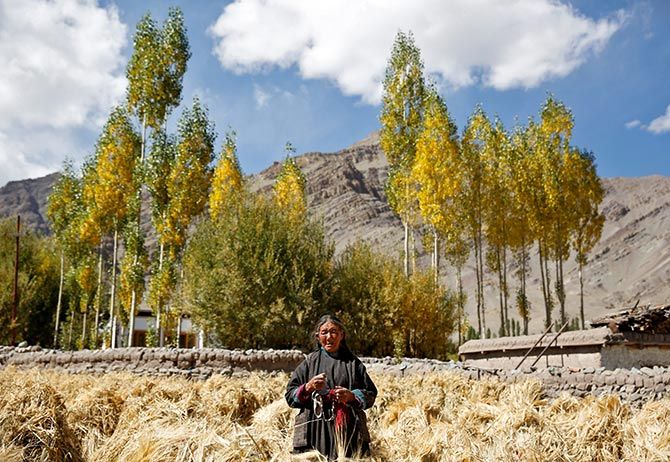
The private sector can play a significant role in addressing all these challenges. They need to look at agriculture beyond market for their inputs and link innovation with supply of inputs. In a few cases where corporates are taking innovation to farmers with inputs, wonderful results have been achieved.
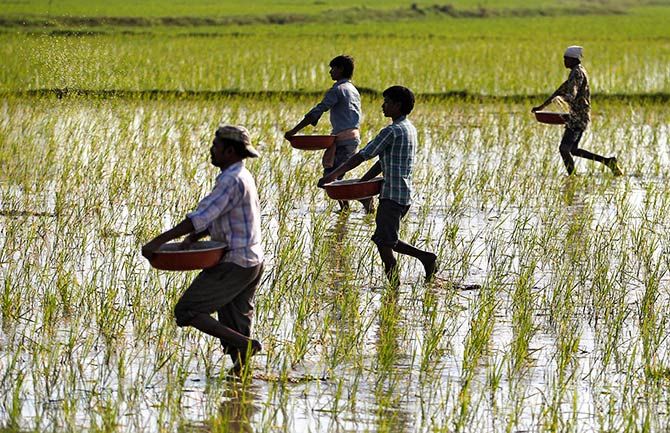
One such case is the banana revolution in Jalgaon district of Maharashtra where farmers are using tissue-cultured banana saplings supplied by a private tissue culture lab for disease-free banana cultivation and getting much higher yield and better quality fruit. The lab is now expanding the same technology to other states and fruits. If such experience is replicated in other fruits and vegetables, India can become a global hub for horticulture production.

Similarly, the supply of seeds with seed treatment with suitable inoculum and rhizobium can protect seed and plant against diseases and result in better growth. Many private enterprises are now promoting protected agriculture and precision farming which are multiplying the incomes of farmers.
The second major challenge in agriculture relates to inefficient, fragmented, traditional and often unfair system of marketing thriving under the protection of regulation. Market regulation such as Agricultural Produce Market Committee and Essential Commodities Act favour small-sized, traditional traders and middle men and inhibits entry of modern capital into the system which can bring innovative method, competition, e-commerce, investments and integration of value chain.
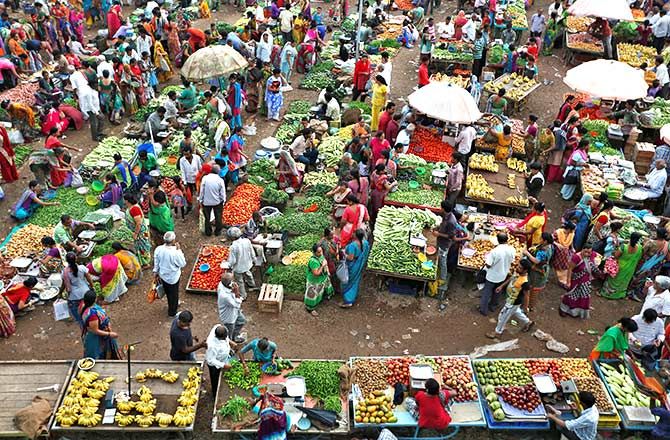
A few cases where corporate players have entered into marketing, farmers received huge benefits such as procurement of apple in Himachal Pradesh and corn in north Bihar.
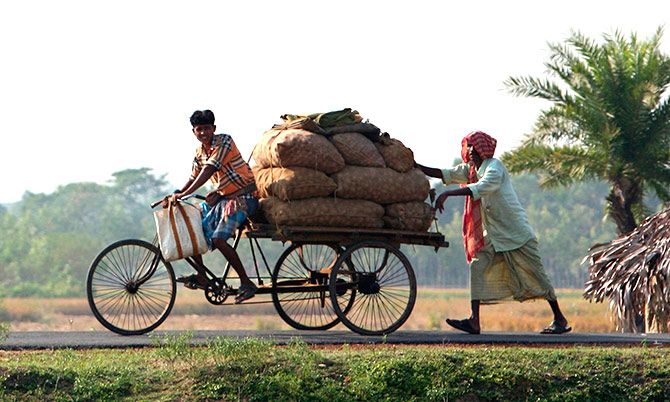
The private sector can improve viability and income of small holders in many ways:
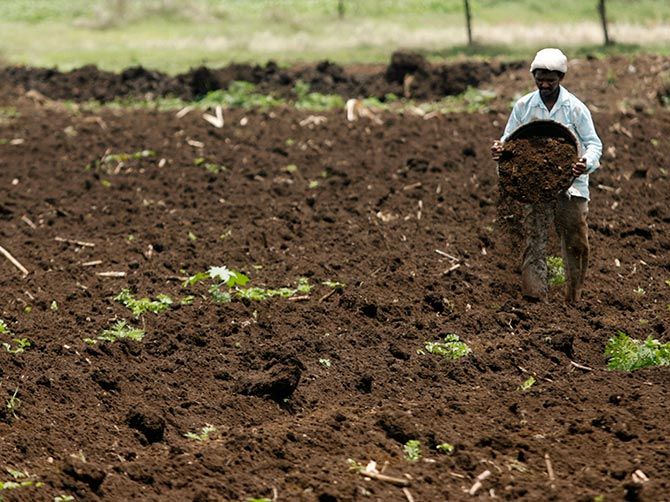
One, through supply of services, as owning machines and equipment are uneconomical and also beyond the capacity of small holders. Last few years have seen some growth in number of private sector service providers, particularly for farm machinery rental services. Besides reducing costs, modern and sophisticated machines improve efficiency. Some service providers have even started using mobile apps. A large number of farmers are now using laser-guided land levelling technology on rental basis, which brings large benefit in terms of saving in irrigation water, reduction in irrigation cost and time and increase in yield.
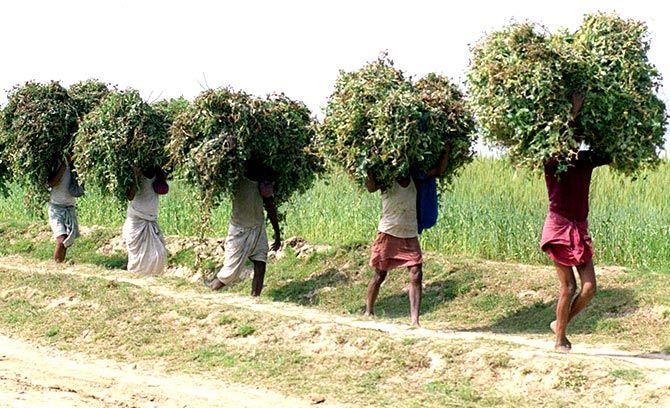
Second, the private sector has a huge scope to raise the income of small holders through contract farming. Small holders have great advantage in terms of labour and supervision, much needed for quality, specific traits, and timely supply of farm produce. If private firms -- modern retailers, processors, or traders, etc -- provide quality seed and plant material, technical advice, financial support and assured price it can lead to a win-win situation for all. There are success stories of contract farming in almost all the regions of the county but coverage and penetration remains small.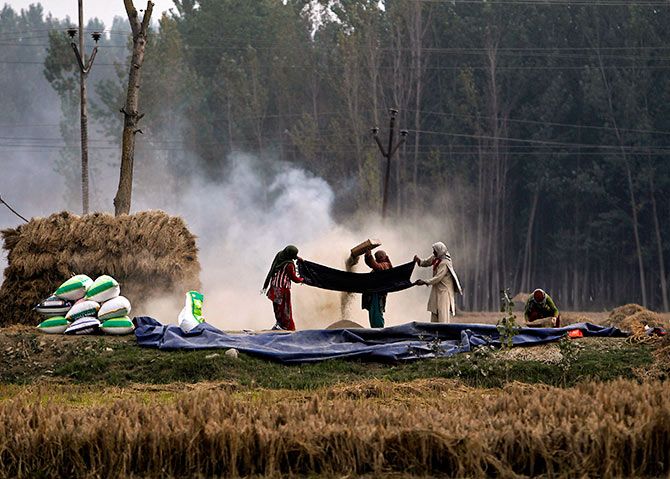
During the recent years, start-ups have shown a lot of interest in agriculture and they are riding on state-of-the-art technology and modern value chains. Some of these start-ups are led by highly motivated well-qualified entrepreneurs who aspire to change the face of agriculture. This is also putting pressure on traditional agri-business corporates to rethink their strategy of sale of input to partner with farmers. Promising start-ups in agriculture should be given required policy support.
Central Statistics Office data for 2015-2016 shows that the private corporate sector constitutes only 2 per cent of annual investments in the agriculture sector. The public sector constitutes 18.6 per cent and farmers (termed as private sector in CSO parlance) constitute the remaining 79.4 per cent share.
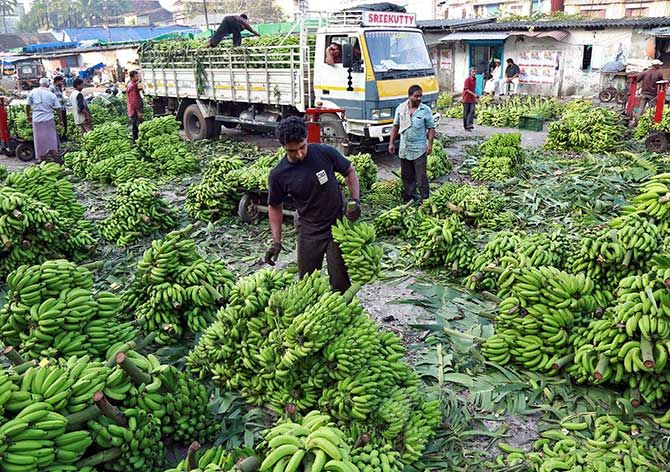
Of their total investments in Indian economy, the private corporate sector invested 0.43 per cent in agriculture and allied sectors. These figures show awfully low investments by private corporations in the agriculture sector. This should be at least doubled to help achieve the goal of doubling farmers’ income.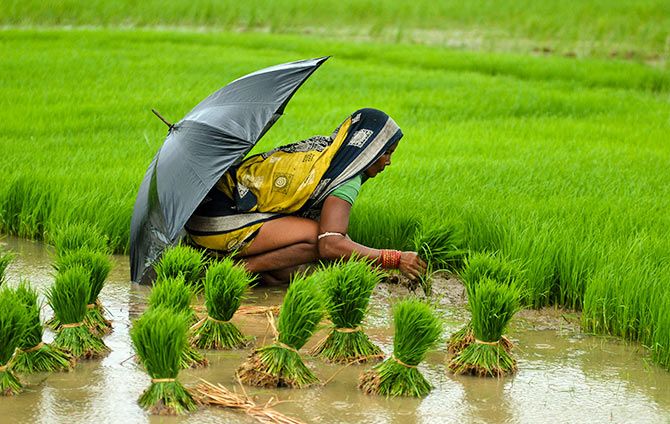
Indian agriculture requires the active involvement of the private sector right from extension and seed to post harvest value addition, to move it to the next stage of development. Therefore both, states as well as the Centre need to attract and facilitate the private sector involvement in agriculture.
Ramesh Chand is a member, NITI Aayog and the 15th Finance Commission. He has a PhD in Agricultural Economics from Indian Agricultural Research Institute, New Delhi. Views expressed are personal.